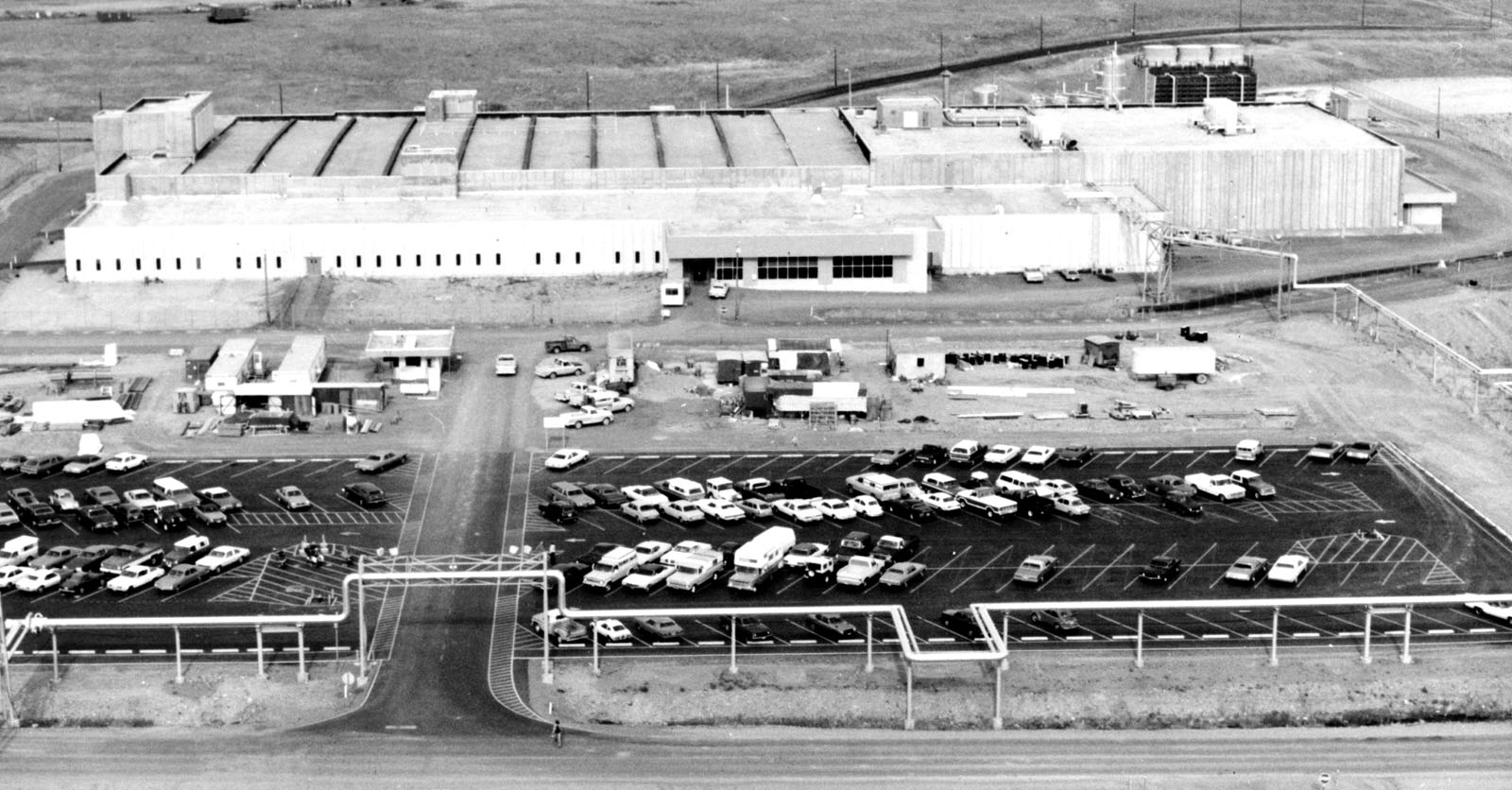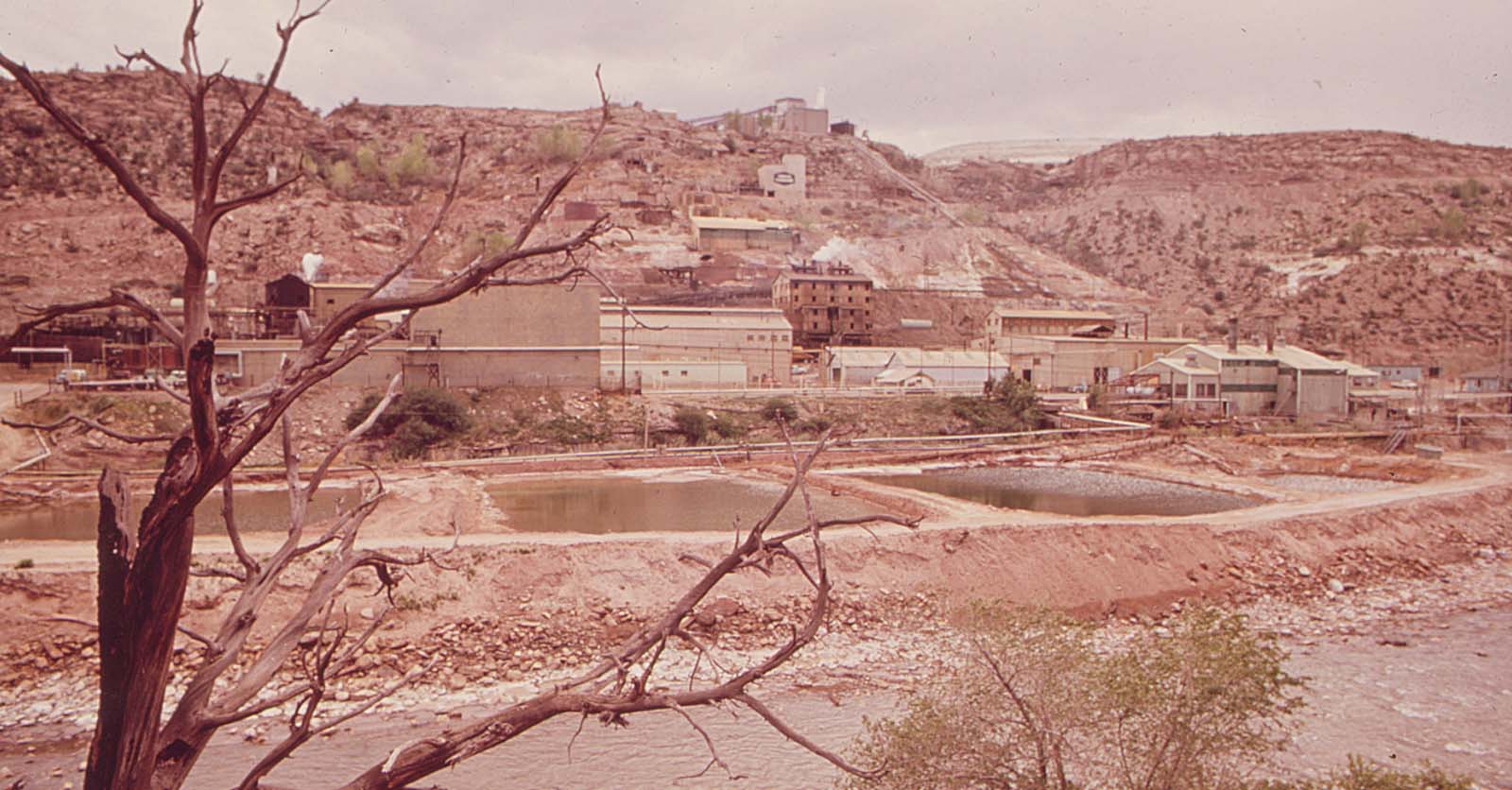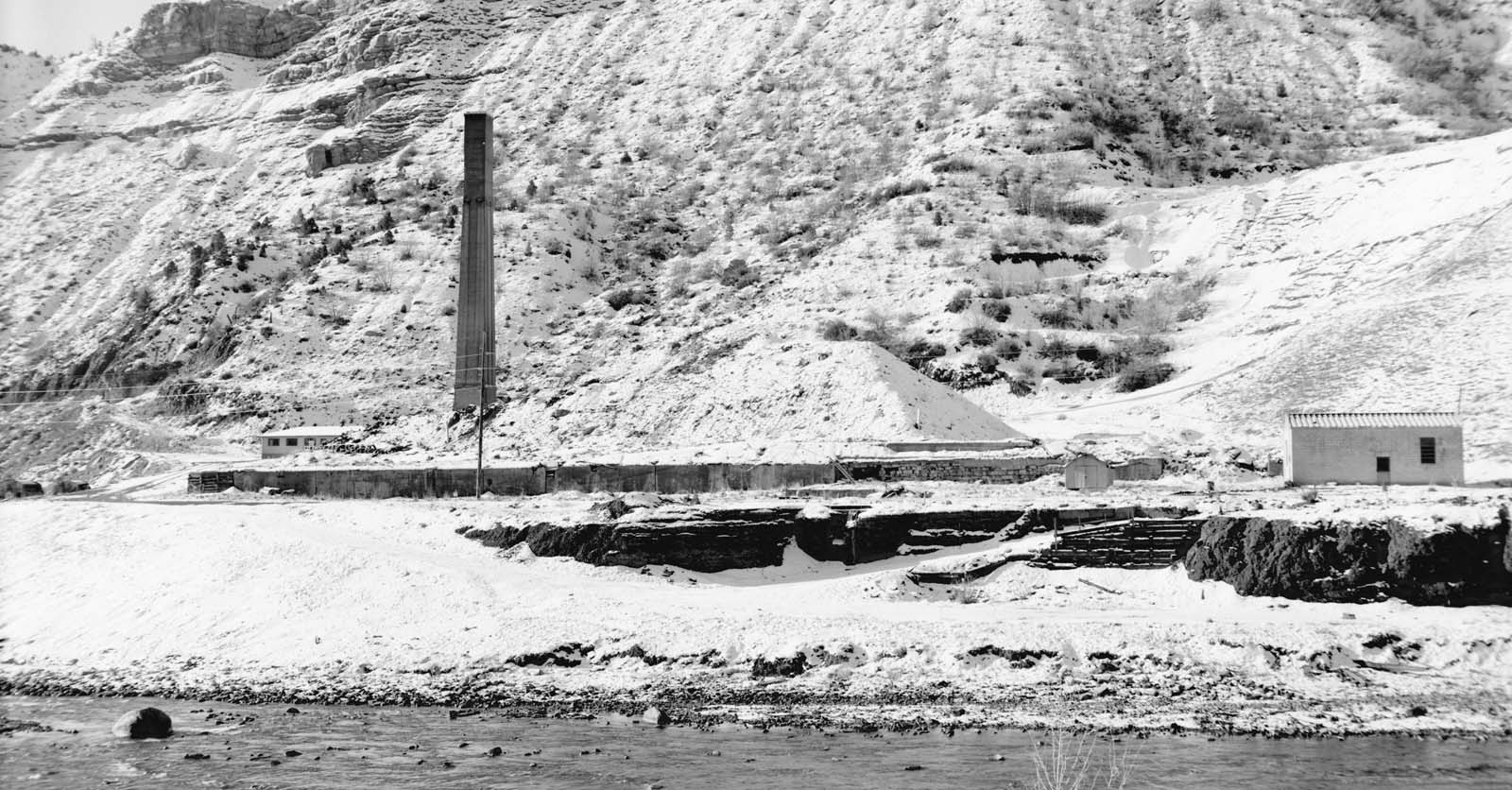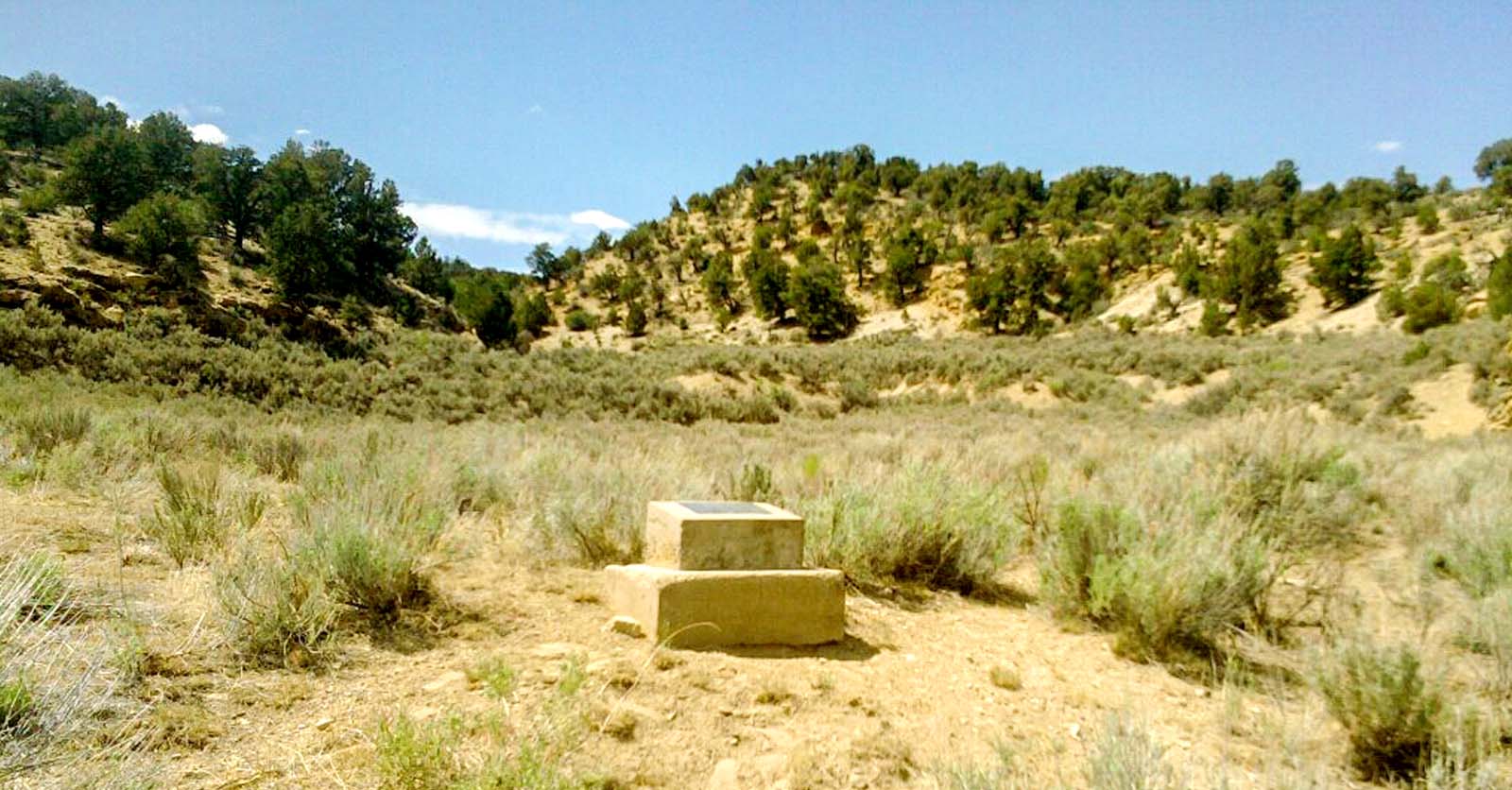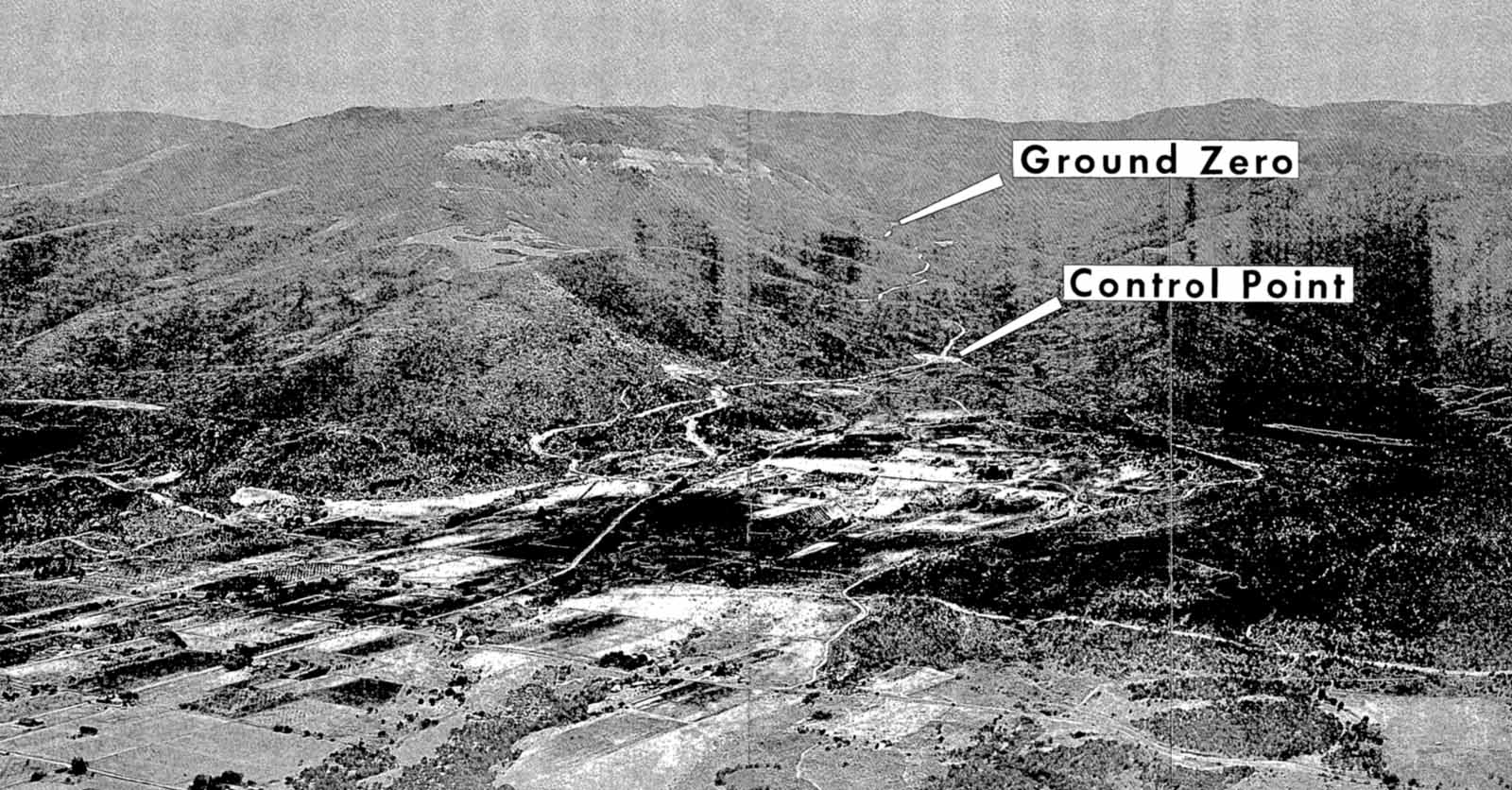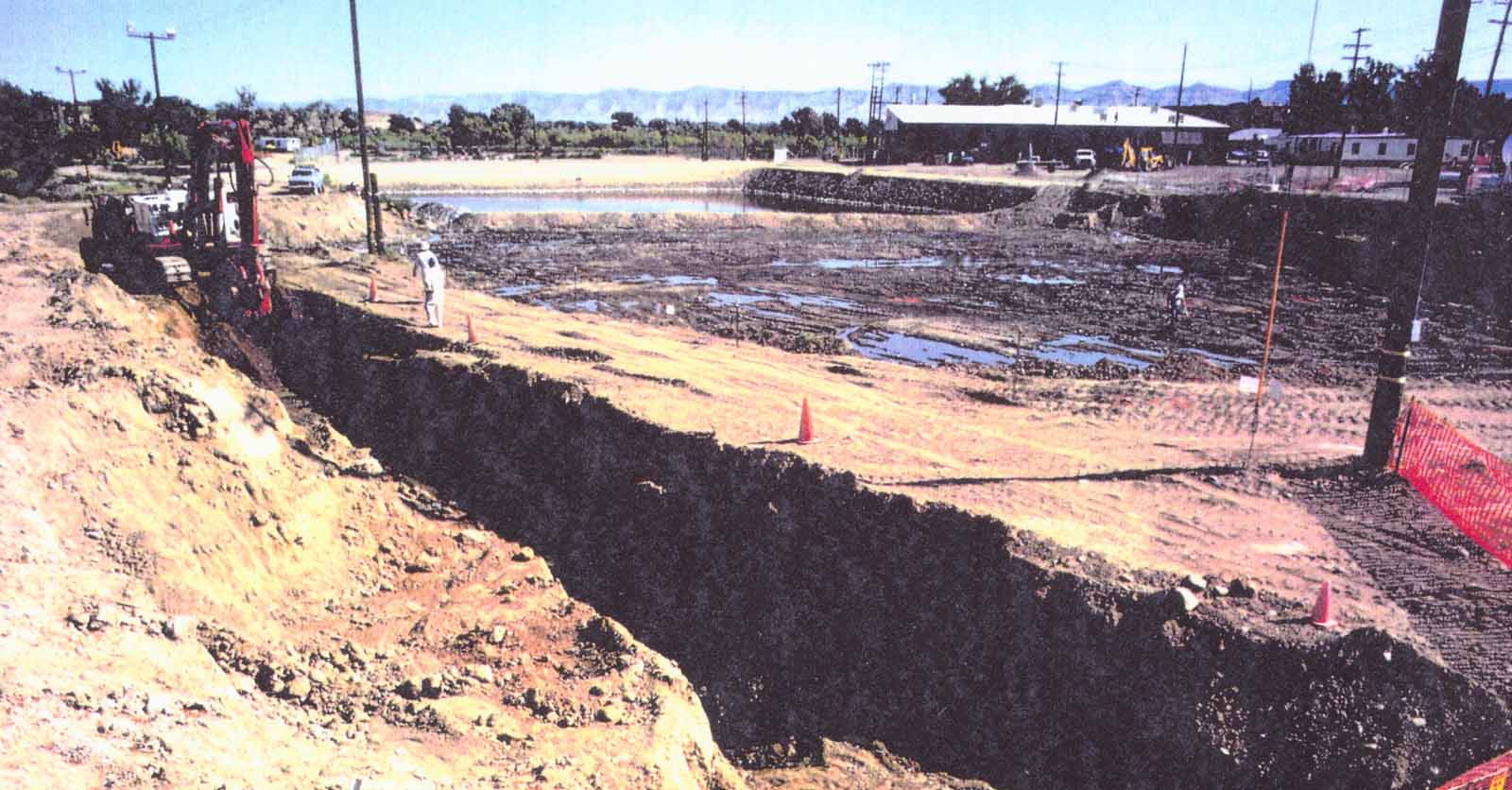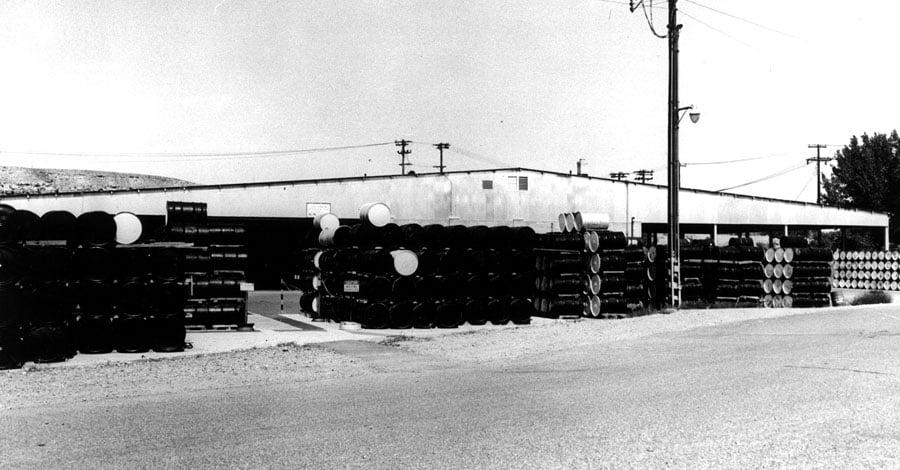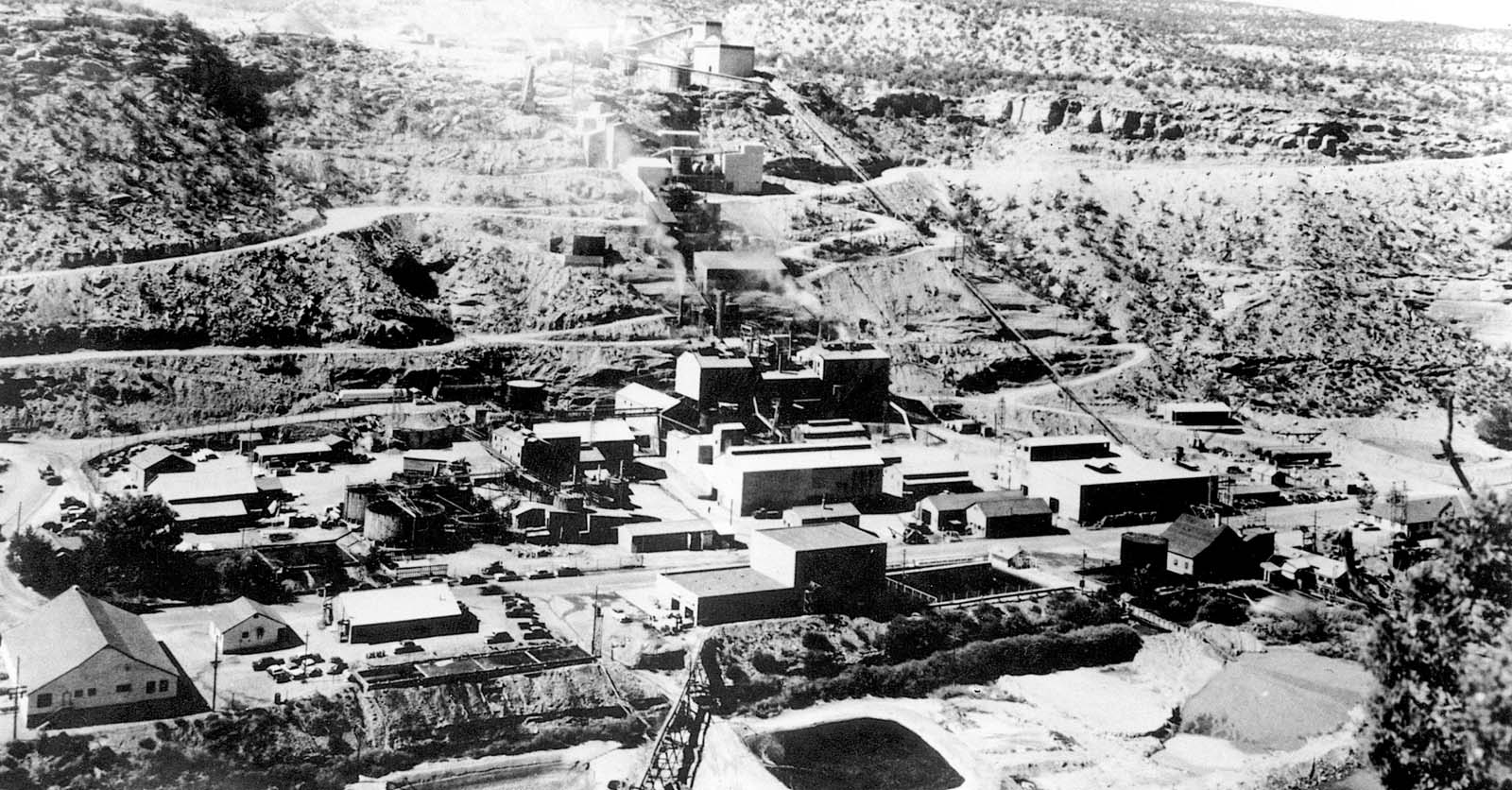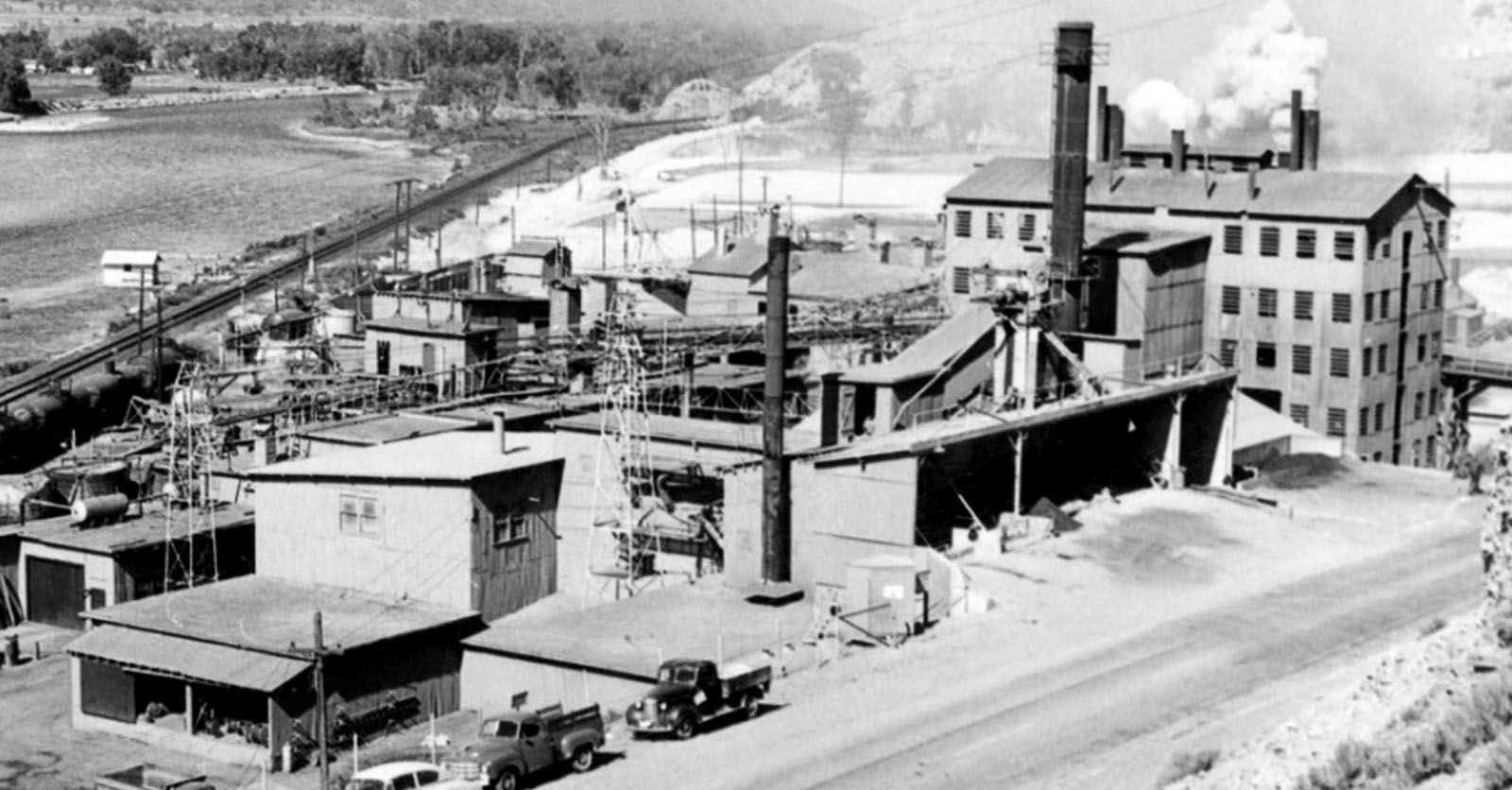3 min read
Is Rocky Flats radiation safe now? What Colorado residents should know
![]() Trusted Ally Staff
:
Jul 29, 2024 2:20:03 PM
Trusted Ally Staff
:
Jul 29, 2024 2:20:03 PM

Subscribe to Trusted Ally News
Colorado residents are deeply concerned about whether the new housing developments and hiking trails in the area of the former nuclear weapons facility are safe. The government once claimed that the cleanup effort of the contaminated land in and around Rocky Flats would take until at least 2065 (70 years) and the area would likely never be habitable again. However, the area around the plant has now become a national wildlife refuge with hiking trails where kids can go for field trips and new homes are being built at the Candelas housing development.
For over 40 years, the Rocky Flats Plant manufactured plutonium triggers crucial for nuclear warheads. However, it closed in 1992 after a series of fires and other accidents that led to widespread radioactive contamination. Unfortunately, by this time, improper storage and burial of radioactive waste had led to widespread contamination of the property. It also affected the surrounding areas and nearby bodies of water. Though it closed over 30 years ago, former workers still face rare cancers due to plutonium exposure from their jobs.
Debate surrounds Rocky Flats National Wildlife Refuge
What exactly is going on in the area that is causing so much controversy amongst Colorado residents and environmental scientists? After claiming Rocky Flats had been cleaned in 2006, the U.S. Fish & Wildlife Service (USFWS) received the land in the former security buffer zone surrounding the main portion of the area and renamed it Rocky Flats National Wildlife Refuge. The USFWS constructed trails within the refuge and opened it up to the greater public. The Westminster City Council even met recently to discuss whether the city should pay for a bridge connecting the hiking trails in Rocky Flats to Indiana Street.
The USFWS supports the project, asserting the cleanup was successful and poses no increased radiation risk to humans or animals. However, many residents still doubt the site's safety. Community members, researchers, and physicians have also protested the bridge construction.
Questions remain about the cleanup effort
If the government claims the cleanup efforts were successful, why are people against the construction of trails in the Rocky Flats National Wildlife Refuge? Many residents remain skeptical about the effectiveness of the cleanup efforts because of the rapid completion. Initial surveys suggested cleanup efforts would take 70 years. However, after only six years, the Department of Energy deemed the cleanup "complete" and put up a fence to block off the areas still considered toxic.
Many experts warn against hiking in this area due to extensive cutbacks in cleanup efforts and potential safety risks. Recent samples of residual plutonium levels in Rocky Flats seem to support these claims.
Soil samples east of Rocky Flats in 2012 showed plutonium contamination 100 times greater than allowable background levels. Tests in 2019 as far away as northwest Denver found plutonium levels more than five times higher than acceptable standards. Furthermore, as recently as June 2024, elevated levels of plutonium were detected in the air near Rocky Flats.
What exactly does this mean for residents?
Unfortunately, early evidence suggests that residents living downwind of Rocky Flats, including those in the Candelas housing development, have a higher risk of developing cancer. One study found rates of thyroid cancer to be twice the national average in this area. Thus, despite claims from the Department of Energy and the USFWS that the area is safe, there is still a risk of plutonium exposure to those who visit the Rocky Flats National Wildlife Refuge as well as to residents in surrounding areas.
New documentary is opening eyes
A new documentary about Rocky Flats is getting attention by those who have moved to the area without any knowledge of what happened there. Screenings of Jeff Gipe's “Half-Life of Memory: America's Forgotten Atomic Bomb Factory" in November 2024 resulted in a packed theater of concerned residents who live in the area.
“And I just want to point out that whenever a government actor says Rocky Flats is safe or whatever, just know that ‘safe’ is not a word in the lexicon of Superfund, OK? It doesn't exist. They're lying to you.” — former FBI agent Jon Lipsky who led the raid of Rocky Flats in 1989
No, Rocky Flats is not safe in our opinion
Regardless of what the U.S. Fish & Wildlife Service, the Department of Energy, and the Colorado Department of Public Health & Environment say, the evidence is clear to us that no one should be hiking or living near the former Rocky Flats Plant.
Regardless of whether the city of Westminster agrees to build a bridge connecting the city's trails to those in Rocky Flats, people should avoid this area, as it is unlikely to be free of residual plutonium during our lifetimes. With a half-life greater than 24,000 years, plutonium will still likely pose a serious threat for thousands of years.
Benefits are available for former employees
The Rocky Flats Plant closed over 30 years ago but the fallout from the work that took place there continues to have devastating effects to this day. This is particularly true for former employees who have had to deal with numerous health problems. Fortunately, the Energy Employees Occupational Illness Compensation Program Act or EEOICPA White Card Program may entitle these families to up to $400,000 in compensation and unlimited home healthcare.
In total, the EEOICPA White Card Program covers employees who worked at 17 locations in Colorado including the Grand Junction Operations Office.
Let us check if you or a loved one qualifies for up to $400,000 plus free medical care in the comfort of home.
Your pathway to care starts with Trusted Ally Home Care. Get started today and let us guide you through the process of receiving the care you or a loved one deserves.






